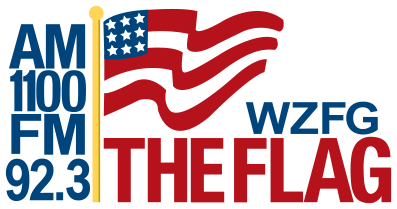The Fargo Public Schools Board of Education was briefed in its regular Tuesday meeting regarding the CARES Act funding. CARES stands for Coronavirus Aid, Relief and Economic Security. The act, which was provided by the Federal government, provides an economic stimulus to schools across the country. In North Dakota, the funding is referred to as the Elementary and Secondary School Emergency Relief (ESSER) Fund.
Superintendent Dr. Rupak Gandhi says the school is looking to offset the loss of revenue, address academic gaps, utilize funding for possible later resurgence and utilizing funding to allow any potential re-entry deadlines and restrictions. These goals, Gandhi says, are goals that the district is using in determining how best to use the funding being provided.
North Dakota’s Department of Public Instruction provides grants under this fund for the purpose of providing emergency relief funds to address impacts of COVID-19 on school districts. Fargo Public Schools will receive $3.2 million in ESSER funds, with the funding period beginning retroactively to March 13 through September 30, 2022.
Fargo Public Schools Business Manager Jackie Gapp told the board that approximately $388,000 is allocated to private schools within the Fargo Public Schools boundary area, leaving the Fargo Public School District with approximately $2.9 million. Gapp says the funding can be used for a variety of options.
She says a lot of the ideas being thrown around, in regard to how to allocate the funds, are “looking toward the future.” Those include things that may have to be done differently post-Coronavirus. The district is looking at potentially $1 million to get 1:1 devices into the hands of elementary students, meaning every elementary student would have a device to use. This program would also include an ongoing cost for maintenance of the devices.
The district is also looking at approximately $1 million for the teaching and learning department, for the purchase of additional learning applications and subsequent teacher training, along with more opportunity for the district’s “at risk population.”
Nutrition Services, under the preliminary plan, would receive $500,000. Gapp says those funds could be used for additional equipment needed for the smart restart of the district’s food service program.
The remaining $100,000 would be used for PPE for staff across the district.







